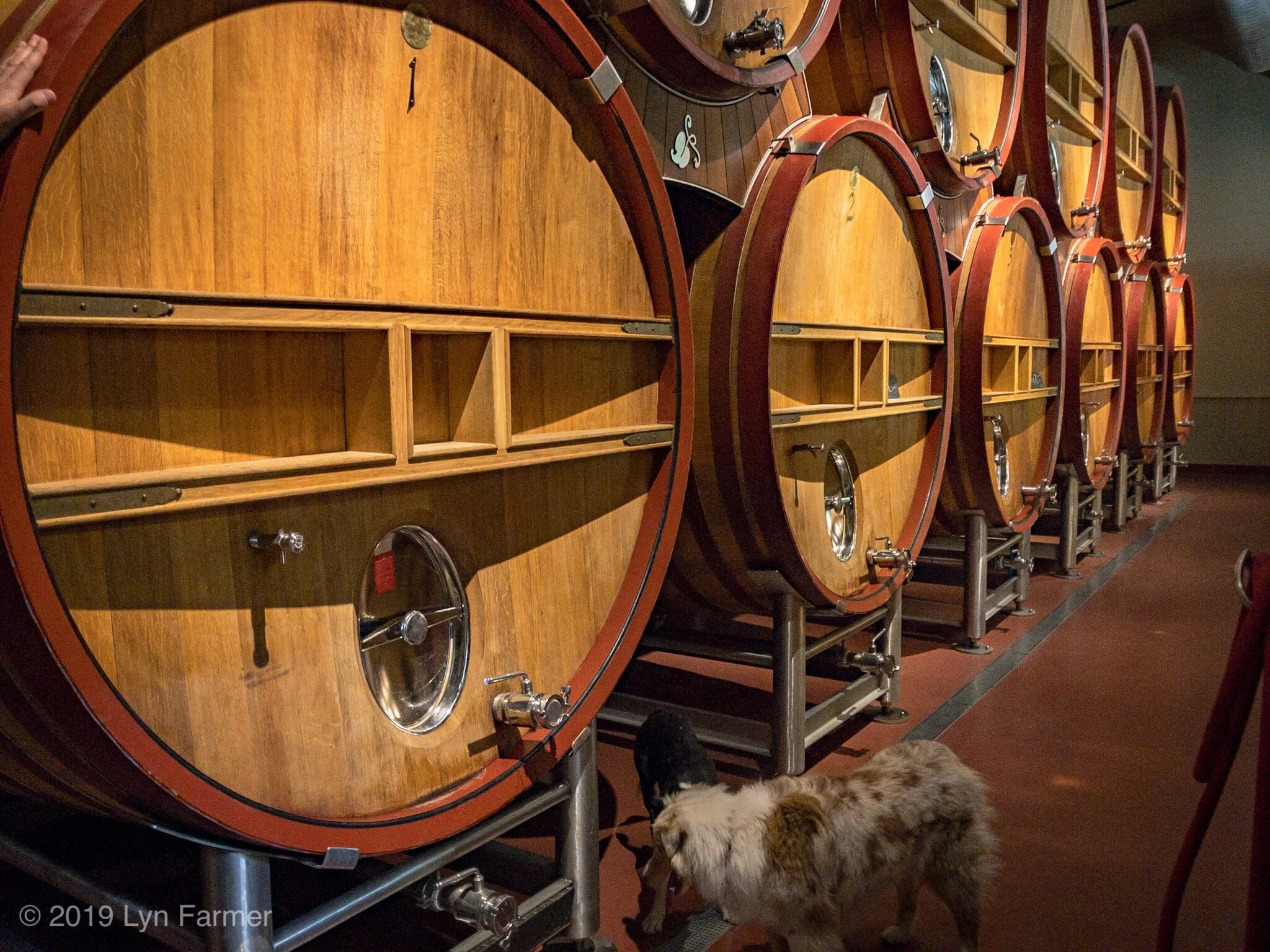Seeing Red
/Old vine garnacha in Cariñena © Lyn Farmer
It never fails. When I meet someone for the first time at a dinner or other event and they find out I’m a wine educator, they invariably ask, “Oh, what’s your favorite wine?” Or, worse, “What’s the best wine?” Neither question has an answer – there are a lot of great wines and “best” depends on your personal preference. And as for my favorite, I only get one choice? I can’t do that!
The best answer I can offer to a question about my favorite wine is to say, “well, here’s what I’m drinking most of these days,” because what I’m drinking is in constant flux as I discover new wines and rediscover old favorites. These days, my passion is for Chablis and riesling (mainly Alsace) for white wine, and Southern Rhône varieties for the reds.
The great grape of the Southern Rhône is grenache and, as it happens, today is International Grenache Day. Seriously, who thinks of these things? I’m not sure when some marketing guru decided every grape needed to have its own day on the calendar, but the fact that someone named today International Grenache Day is as good an opportunity as any to sing the praises of this strangely under-appreciated grape.
Marcelo Morales Calderon of Grandes Vinos y Viñedos ©Lyn Farmer
Maybe grenache doesn’t have the visibility I think it deserves because it is often blended with syrah and mourvèdre and tempranillo and…, well, it has a lot of partners. This tends to obscure the fact grenache is the second most widely planted quality red grape in the world. It is the most utilized grape in France’s Southern Rhône, plays a prominent role in Spain (rivaled only by tempranillo in vineyard area) and can also be found in Australia, California and other warm climate regions. And best of all, it’s delicious.
So, what is the “elevator pitch” for grenache (or garnacha in Spain)? In short, it’s a grape that needs a lot of heat to ripen, and develops high levels of sugar, which means it ends up with high levels of alcohol. It has a relatively thin skin, so it is seldom deep in color (most often medium ruby), and has low to moderate tannin levels with medium acidity. The flavors of grenache tend to skew to red fruits like raspberry and strawberry and, because it likes hot weather, it can get a bit jammy at times. It ages well and develops aromas of leather with time in bottle. This is a crowd-pleasing profile: fruity, lower tannins, and medium acidity. As long as the alcohol is reined in (it can get to 16 percent in some places) it’s wonderfully food friendly.
Winemaker Xavier Vignon (credit: Xavier Vignon)
I’ve always liked wines in which grenache plays a role, but I absolutely fell in love with the grape on a trip to Cariñena, Spain, where unblended grenache makes some stunning wines. I love what my friend Marcelo Morales creates with the wine in Cariñena at Grandes Vinos y Viñedos, a cooperative that produces wonderful wines under several brands. I am particularly fond of his Monestario de las Viñas Old Vine Garnacha that is fruity and elegant thanks to just four months in oak.
My French passion for grenache these days encompasses a plethora of wines from Côtes-du-Rhône to Châteauneuf-du-Pape, and many of my favorites are made by the inventive winemaker Xavier Vignon (he’ll be the subject of an upcoming blog post). His oddly named 2015 Arcane XIX Le Soleil is 80 percent grenache from 100-year-old vines blended with 10 percent each mourvèdre and syrah from vineyards nearly as old. It’s an extraordinary wine, full of the charm that typifies grenache combined with some real muscle that will let this wine age for a decade or more. Technically it’s a Côte-du-Rhône Villages, but in the glass, it drinks at a much higher level.
Foudres at Tablas Creek ©Lyn Farmer
And in California, some of the most exciting experiments with grenache are being carried out by the visionary team at Tablas Creek Winery (the subject of another upcoming post!). Created as a partnership between importer Robert Haas of Vineyard Brands and the Perrin family, owners of the iconic Château de Beaucastel in Châteauneuf-du-Pape, Tablas Creek is not only a winery of exceptional quality, it is the leading nursery for Rhône varietals in the United States. The winery’s Esprit de Tablas red wine is not so much a recreation as an homage to the classic wine of Château de Beaucastel, includes a healthy portion of grenache, as does the new blend called En Gobelet (a reference to the way grenache is classically trained as a head-pruned vine rather than on trellis) includes 34 percent grenache in the mix. They’ll also be releasing the 2017 varietally labeled grenache in November.
There is so much good grenache out there to enjoy I’ll be celebrating for much longer than this single day. Santé!





